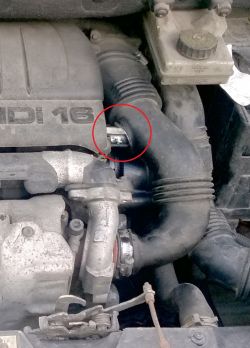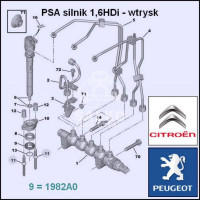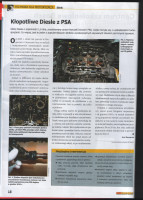Good morning,
The problem is oil pouring on the engine from the combination of pneumothorax with the intake. The connection is press-fitted, sealed with an O-ring. Plastic-material seating. There may be a leak. I disconnected them and my engine oil is leaking. The car has about 160 kkm on the meter.
This is normal for these engines, does this indicate a leakage at the bottom / valve seals?
Initial I thought it was from the valve cover but not (only).
You have some experience with these engines. The construction is successful, but maybe there is a flaw or a damaged copy.
applies to Belingo HDI 1.6 90km 2009
The last 8 VIN 67022773

Kisses
The problem is oil pouring on the engine from the combination of pneumothorax with the intake. The connection is press-fitted, sealed with an O-ring. Plastic-material seating. There may be a leak. I disconnected them and my engine oil is leaking. The car has about 160 kkm on the meter.
This is normal for these engines, does this indicate a leakage at the bottom / valve seals?
Initial I thought it was from the valve cover but not (only).
You have some experience with these engines. The construction is successful, but maybe there is a flaw or a damaged copy.
applies to Belingo HDI 1.6 90km 2009
The last 8 VIN 67022773

Kisses




